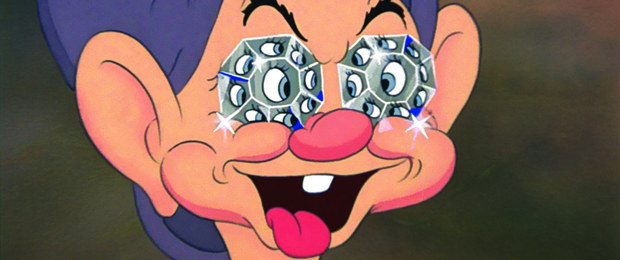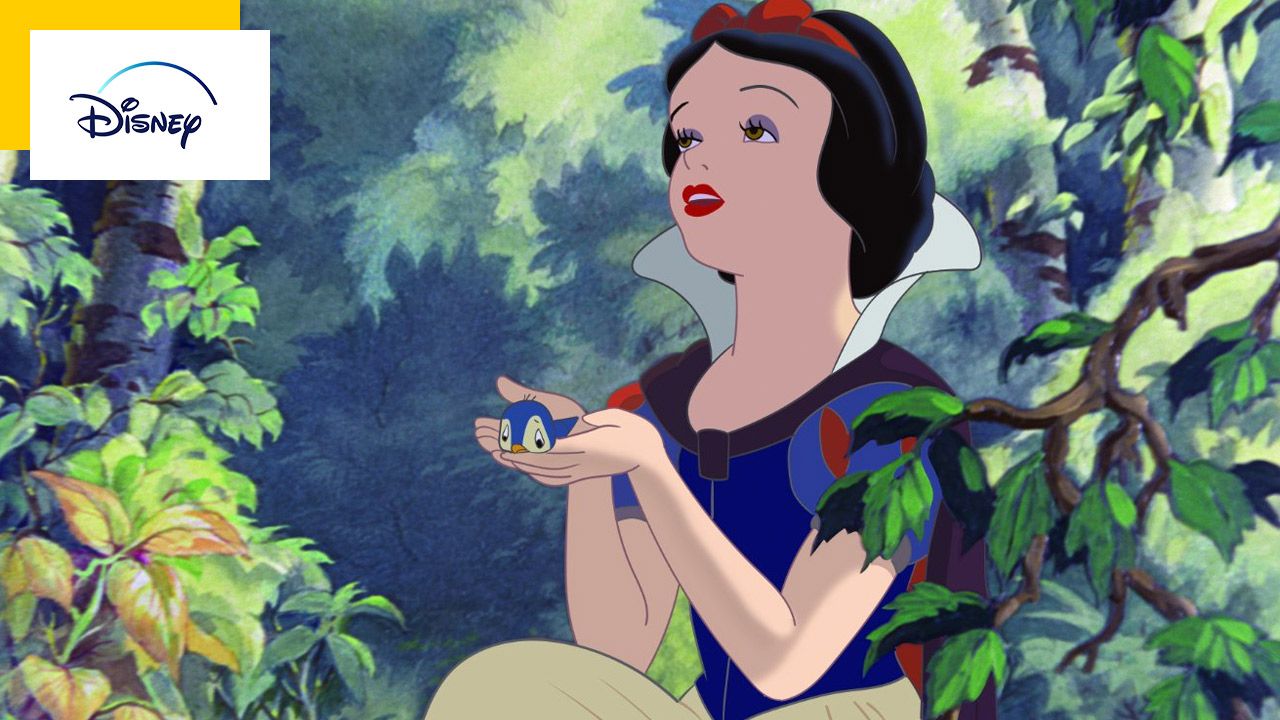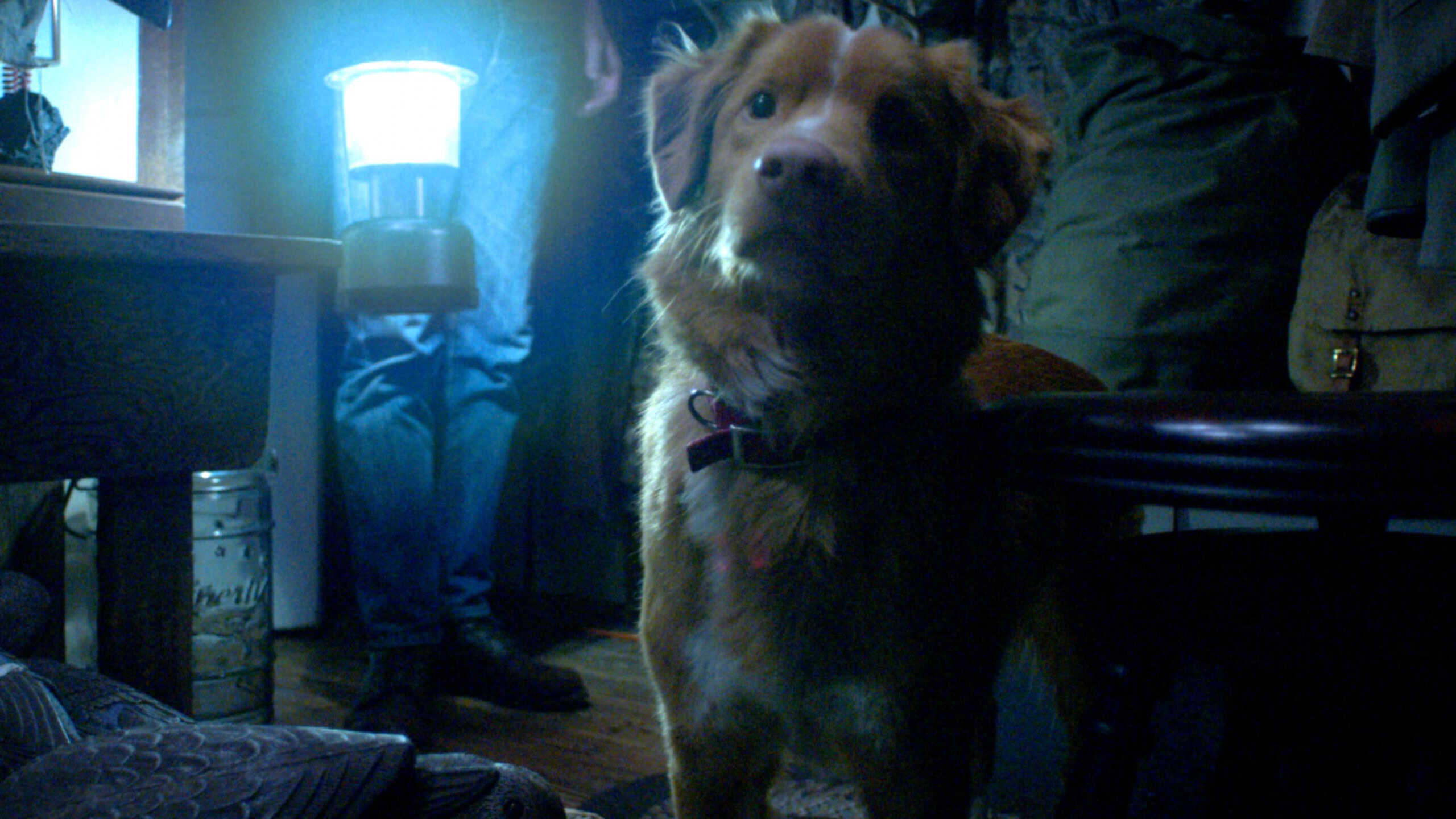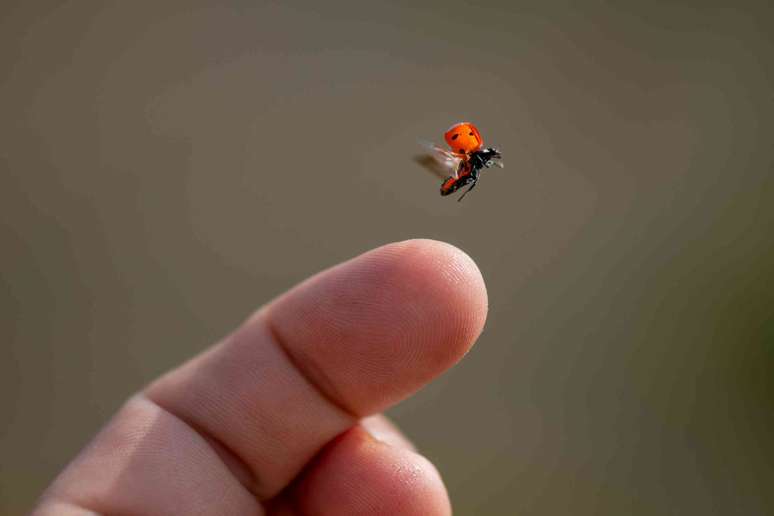Walt Disney’s imprint – and influence – on the cultural world is truly gigantic. Although the general public is undoubtedly aware of certain anecdotes related to Mickey Mouse’s father, which highlight his creative genius, his visionary spirit and his keen business mind, the latter also repeatedly put his company in financial difficulties and even on a personal level. For example, to produce Snow White and the Seven Dwarfs, he mortgaged the entire house.
When he decided to start making this animated feature film, everyone cried suicide. An ambitious and above all colossal task, which will mobilize no less than 750 people in four years. The production of the film alone took 18 months.
Extravagant – but necessary – interruptions that also logically blew the film’s initial envelope. Originally budgeted at $150,000, the production cost rose to $1.4 million.
That is, if Walt Disney believed in his lucky star like iron. The result was a theatrical triumph: in the first three months of its operation, Snow White and the Seven Dwarfs attracted more than 20 million viewers. In 1939, Disney even won a special Oscar for the film, a true technical achievement.
Aggressive marketing
But Disney had one hell of an extra trick: it is Snow White and the Seven Dwarfs That firm began a massively — and aggressively — derivative rights practice, which involves collecting a percentage of character usage. In a 2022 book by author Emily Zemler, Disney Princess: Beyond the Tiara: The Stories. influence. InheritanceHe especially returns to this aspect of the film.
In fact, Disney had this policy in place even before the movie hit theaters, allowing it to sell about 2,000 products featuring Snow White. In 1932, he hired a famous commercial agent and a real advertising ace to develop his merchandising war machine. Kay Kamen. Over the course of three years, he oversaw the creation of thousands of Mickey Mouse-themed objects. It was he who launched, for example, the well-known magazine De Mic in 1933.
A year before release Snow White and the Seven DwarfsKamen began building his marketing strategy around the film. This was a real innovation: traditionally, merchandising related to movies happened after their release. And again, only those deemed worthy of interest.
“It changed the whole merchandising business. Suddenly there was more talk about the movies, what was coming, about the characters. People got used to having merchandise available once they realized the movie was something they were interested in.” Comment Libby Spatz, chief archivist of Disney Group’s merchandising division, quoted in a fascinating article. Polygon website Dedicated to the subject.
And when we say flooding the market and homes with Snow White merchandise, it’s not an empty phrase. Everything, absolutely everything happened. Drifts that also remind us, a few decades later, of those surrounding the Star Wars license, between the toilet paper and the vomit bag…

In addition to traditional toys such as Snow White dolls, card games, board games and coloring books, to name a few examples, the character has also appeared on lamp bases and lampshades, margarine (!), ham brand advertisements. Even household cleaning products such as bottles of ammonia or bleach would surely make the Seven Dwarfs happy. Yes, yes, you read that right. In the article, Polygon also publishes some of the plates of these confusing ads that appear in the book. Disney Princess: Beyond the Tiara: The Stories. influence. Inheritance.
Nevertheless, this derivatives market quickly became the firm’s lifeblood. To put that in context, this market has It brought in more than $56 billion for Disney in 2021. Granted, this is the empire that now controls Lucasfilm, Marvel, etc. But the number is very impressive.
Source: Allocine
Rose James is a Gossipify movie and series reviewer known for her in-depth analysis and unique perspective on the latest releases. With a background in film studies, she provides engaging and informative reviews, and keeps readers up to date with industry trends and emerging talents.






